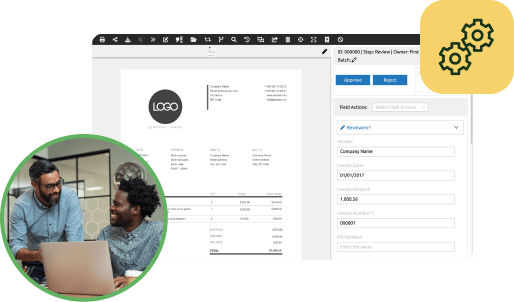
Salim Khalife
Salim Khalife founded Paramount Workplace, now a subsidiary of PairSoft. He currently uses his decades of SaaS experience in the consulting space and is based out of Michigan with his family.
View all posts by Salim KhalifeSalim Khalife • December 5, 2023

Before embarking on your Dynamics GP to Dynamics 365 migration, it’s imperative to conduct a meticulous assessment. This assessment should delve deep into your current Dynamics GP environment, scrutinizing data integrity, customizations, and existing business processes. The key here is to identify potential challenges that may arise during migration.
To navigate this complex terrain, enlist the services of an experienced migration consultant. These experts can help you craft a tailored migration plan that addresses your specific needs and challenges.
One of the critical factors for a successful migration is data cleanliness. Data residing in your Dynamics GP system may have accumulated inaccuracies over time. Cleaning and refining this data is paramount to ensure the accuracy and consistency of the information transferred to Dynamics 365.
Data mapping is another crucial step in the process. It involves transforming data from the Dynamics GP format to the Dynamics 365 format. A meticulous data mapping process ensures that your valuable information retains its integrity throughout the migration.
Migrations aren’t just about technology; they also involve people. Acknowledge the human element of the process and invest in effective change management strategies. Prepare your workforce for the impending shift to Dynamics 365.
Comprehensive user training programs are essential to familiarize employees with the new Dynamics 365 interface and functionalities. Equip your team with the knowledge they need to navigate the system confidently.
To minimize disruptions and maintain operational continuity, consider a phased migration approach. This method allows for incremental testing and adjustments as you transition from Dynamics GP to Dynamics 365. It’s like taking small steps instead of one giant leap.
A pilot migration is an excellent strategy within this phased approach. It lets you identify and address potential issues on a smaller scale before rolling out the new system company-wide.
Testing is the linchpin of a successful migration. Rigorous testing throughout the migration process is non-negotiable. It ensures that data integrity is preserved, and system functionality remains intact.
User acceptance testing (UAT) plays a pivotal role. Gather feedback from your team during UAT to refine the migration process further. It’s your opportunity to iron out any wrinkles before the big launch.
The journey doesn’t end with migration; it continues with post-migration support and maintenance. Be prepared to address any issues that may surface after the transition. Timely assistance is crucial to ensuring the ongoing success of your new Dynamics 365 system.
Regular data backups and disaster recovery plans should be part of your strategy. These safeguards protect against potential data loss and keep your business operations running smoothly.
In the world of business technology, a smooth Dynamics GP to Dynamics 365 migration is a game-changer. However, avoiding common pitfalls is key to your success. Remember to assess, cleanse, and map your data, embrace change management and user training, and execute a phased migration with thorough testing.
Seek guidance from experienced migration professionals to ensure you navigate this journey successfully. With the right plan in place, your transition will be seamless, and your business will thrive in the world of Dynamics 365. Don’t let common pitfalls derail your path to progress.
Get a free demo to learn how our tailored workflows have boosted the AP performance for organizations of all sizes.

